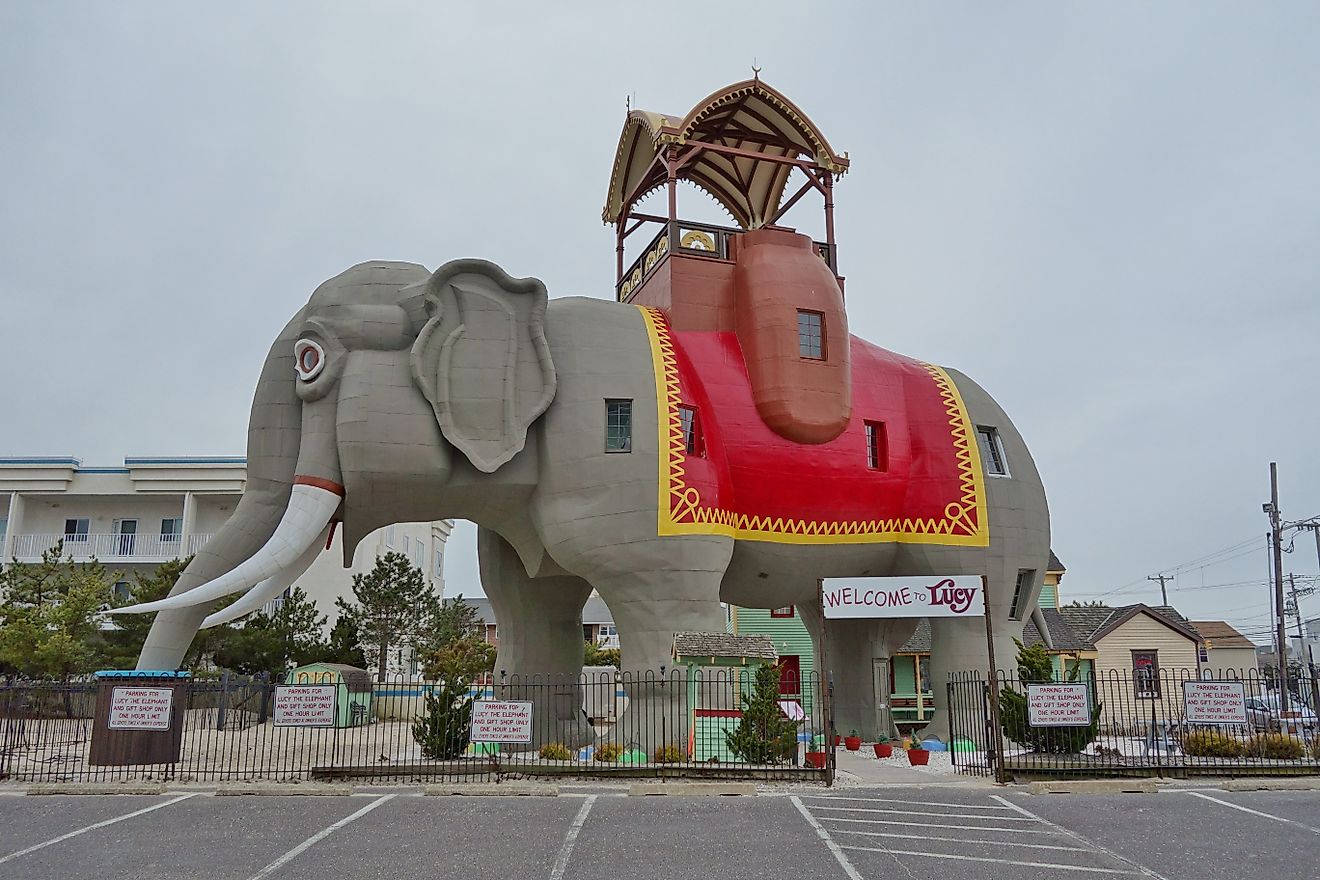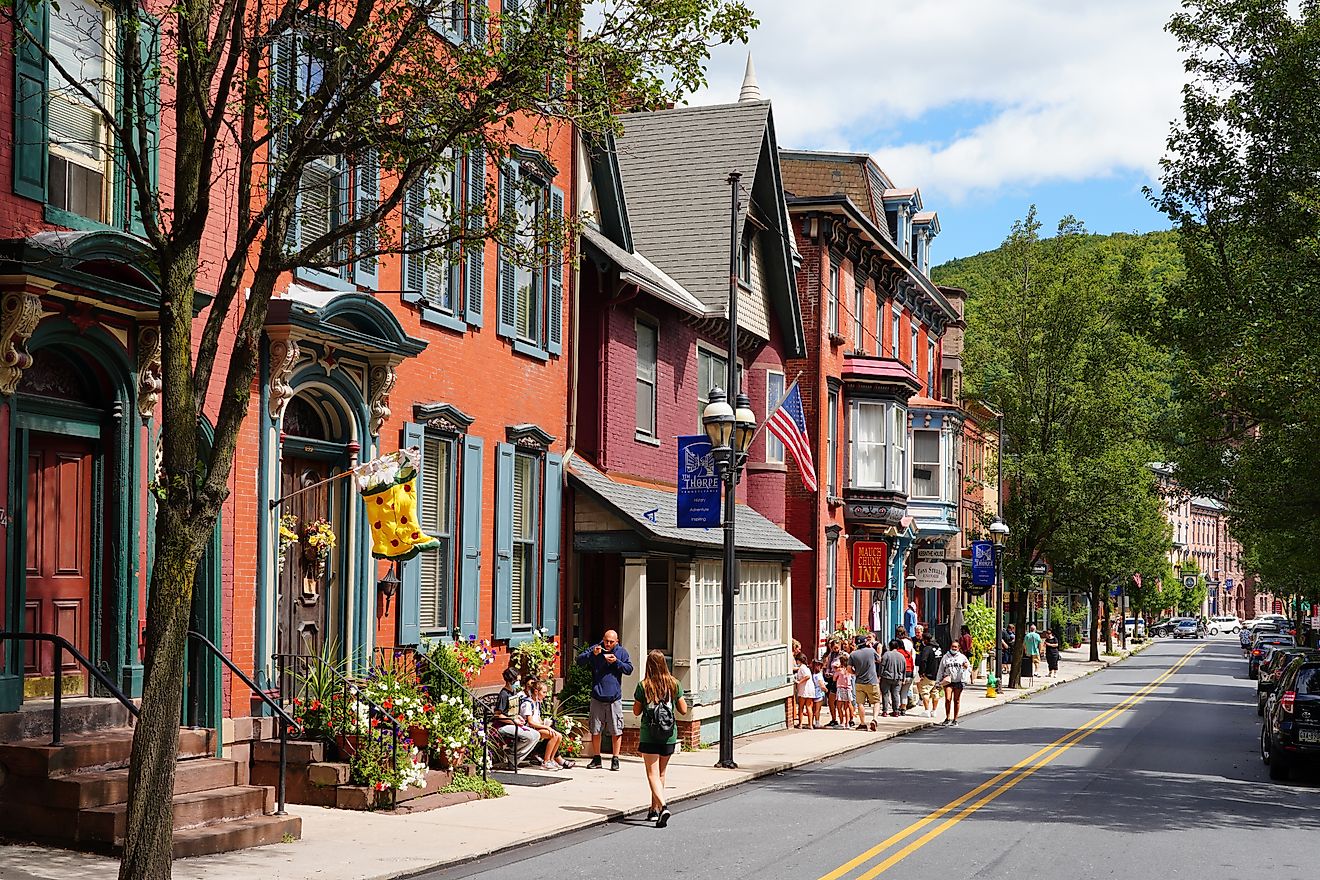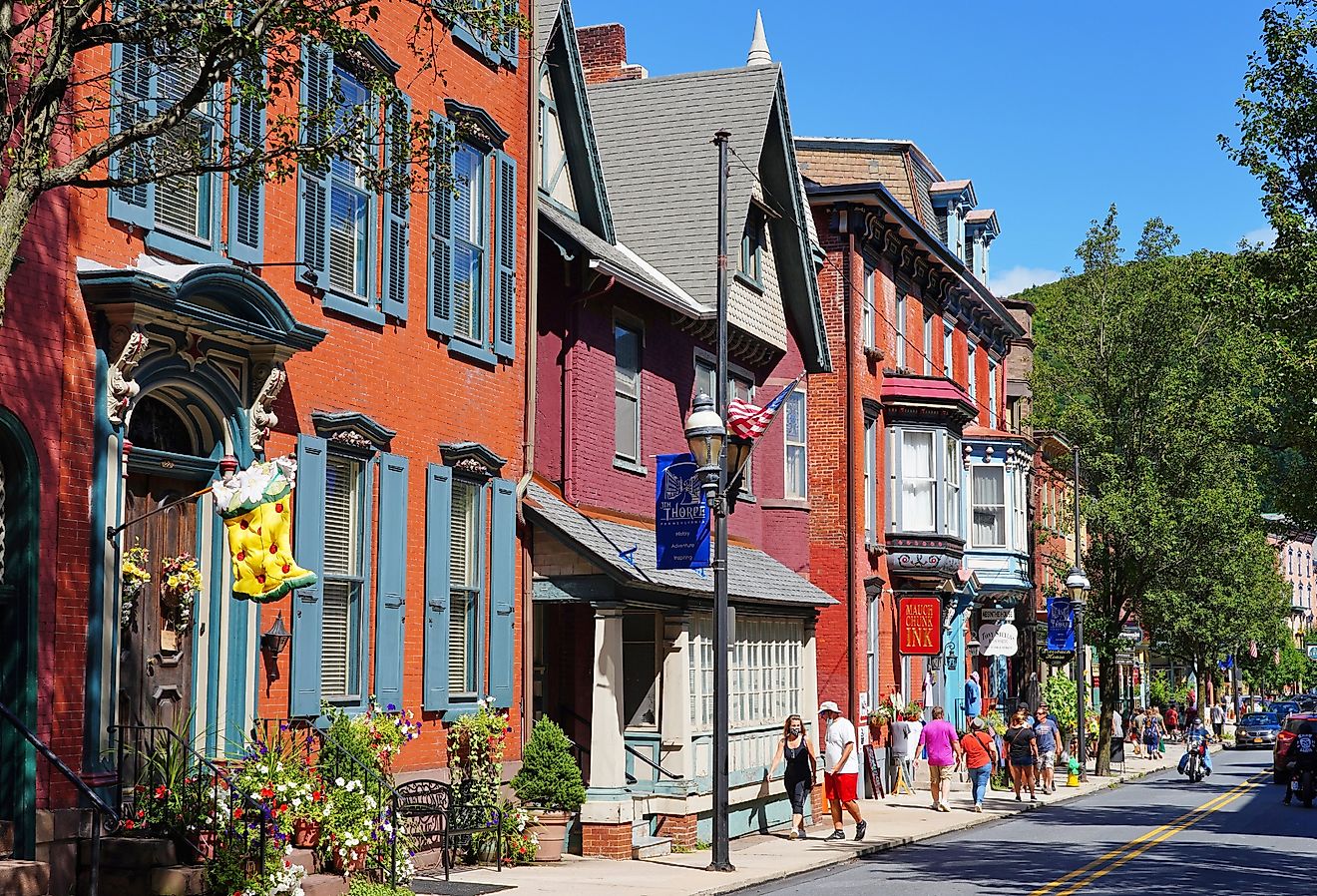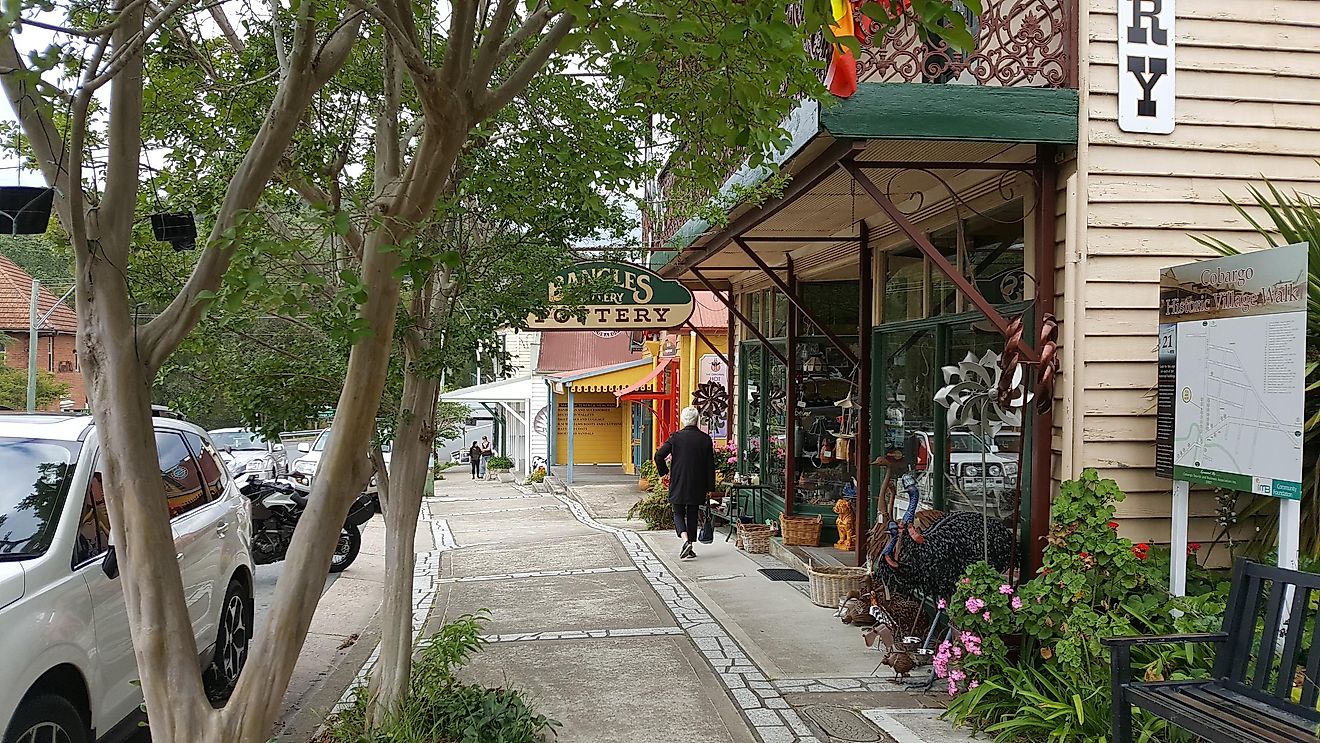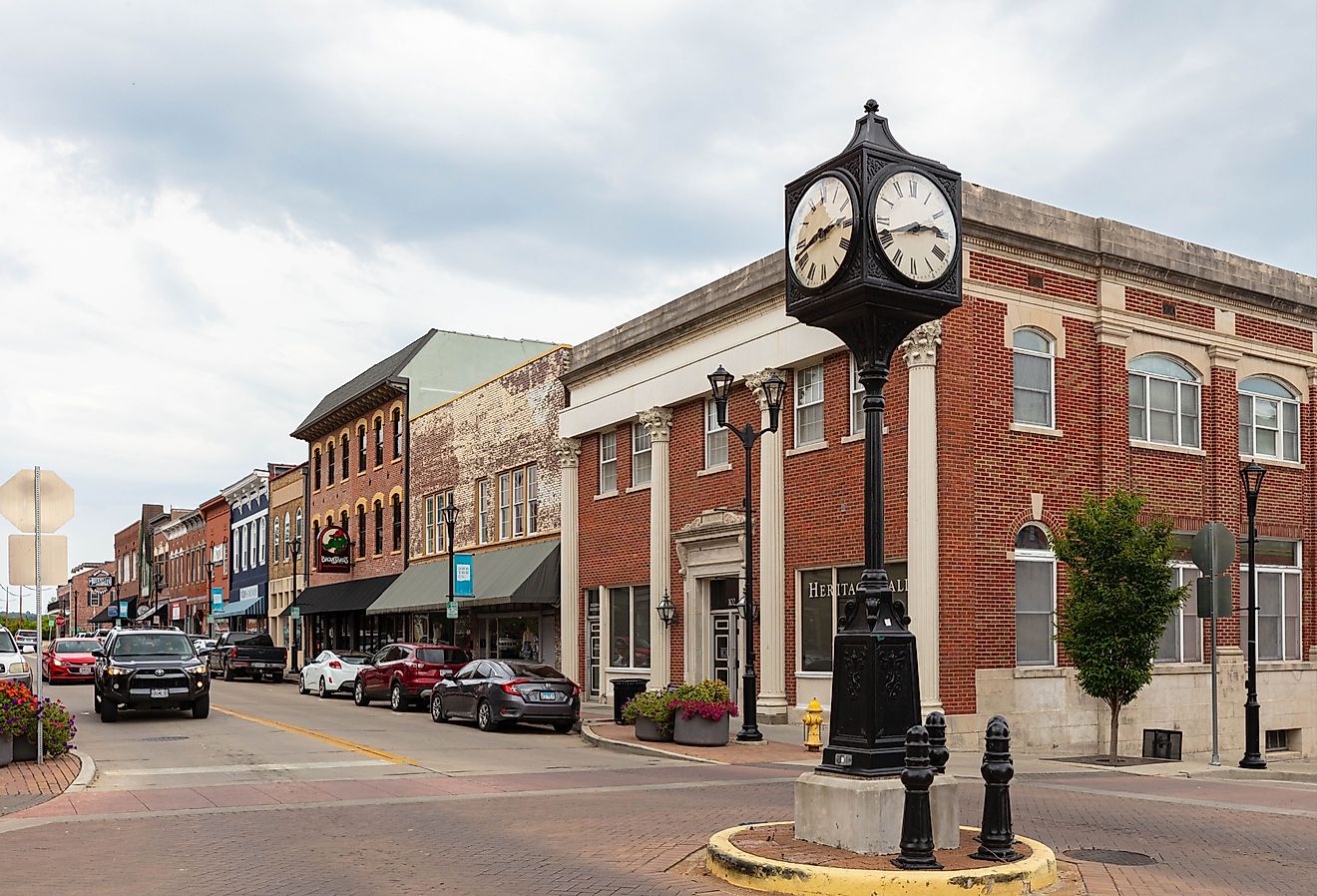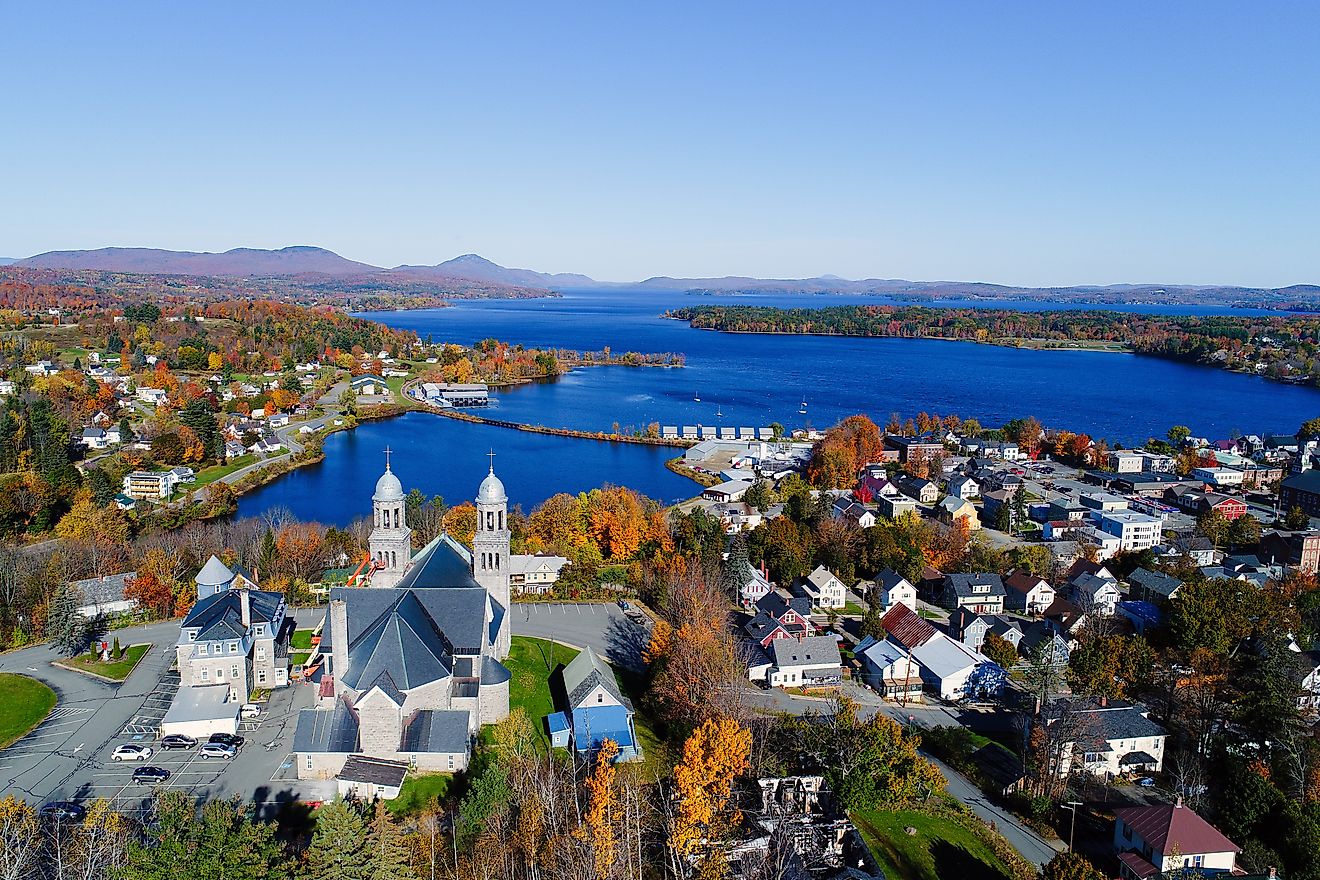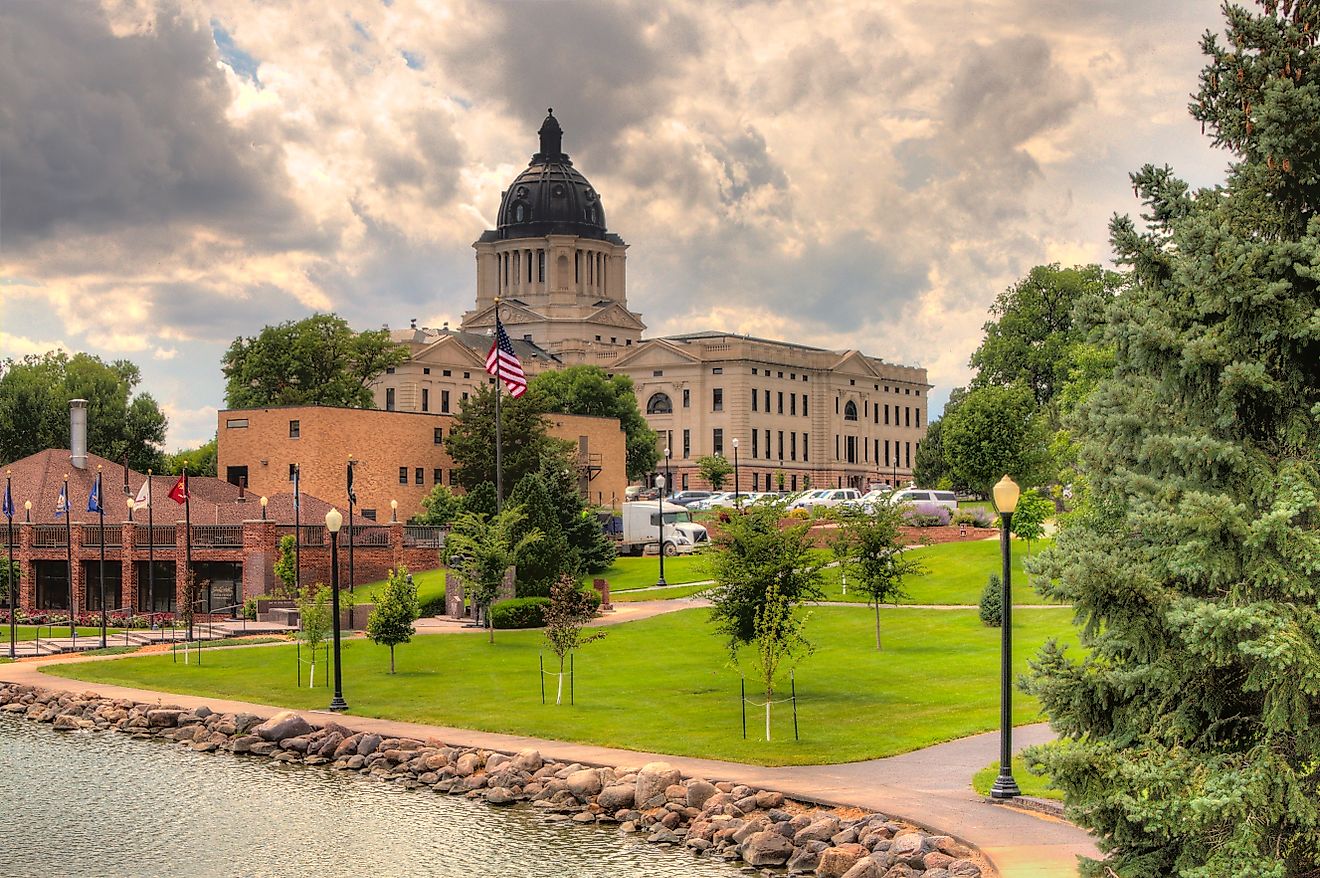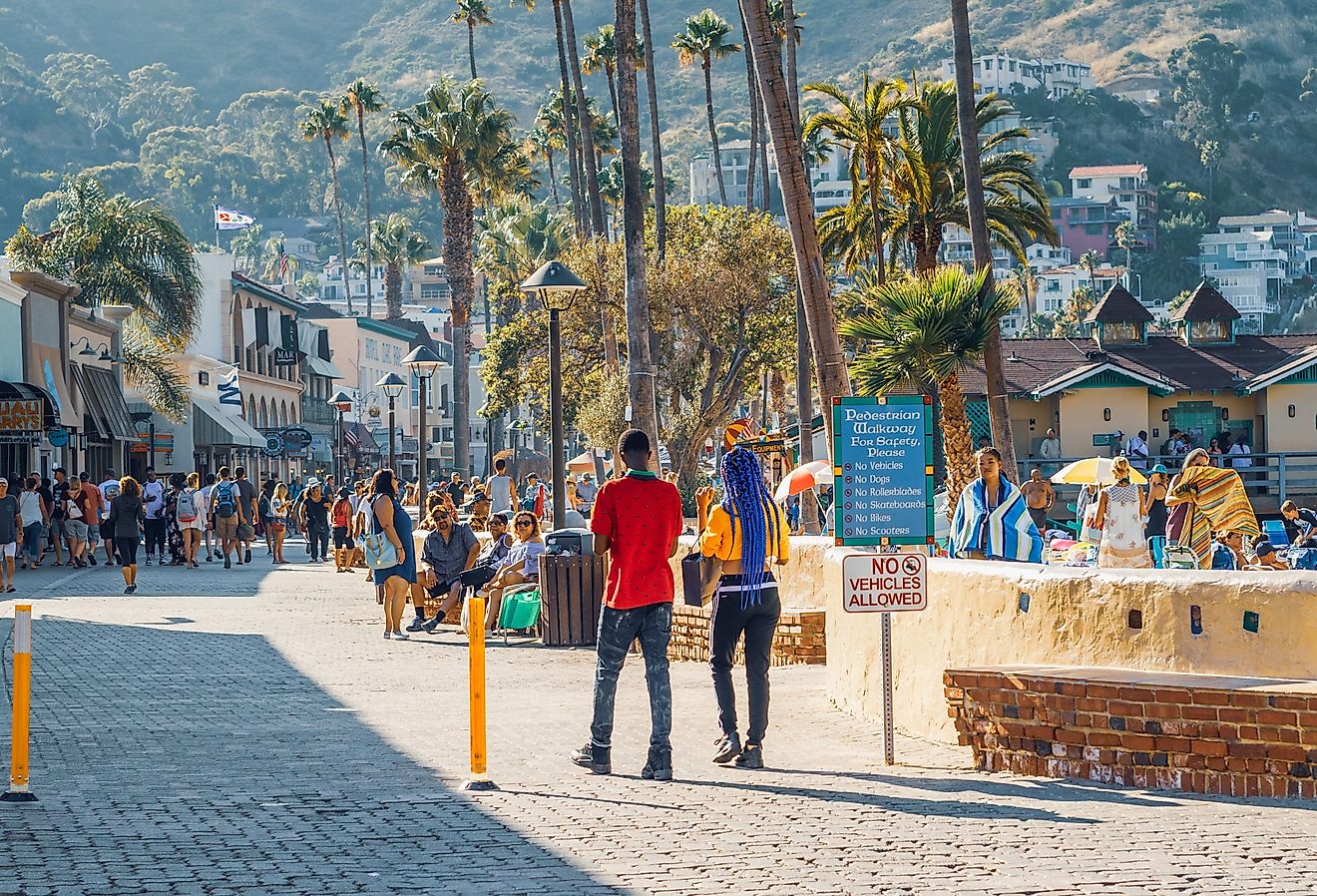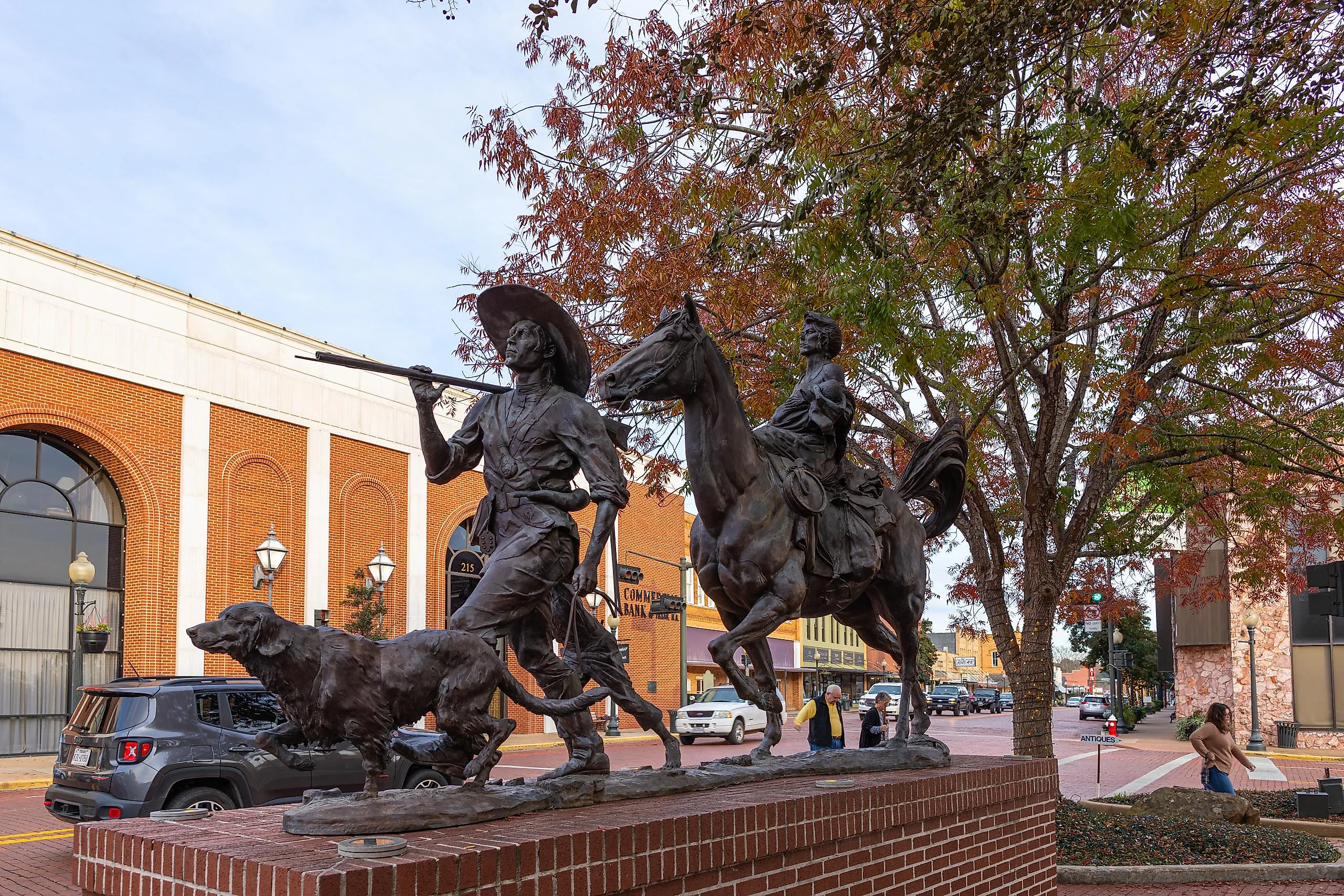
This Texas Town Is Older Than the State Itself
Nacogdoches, widely regarded as the oldest town in Texas, holds a unique position in the state’s history and current tourism scene. From colonial rule and independence movements to statehood and modern preservation efforts, it is a fascinating place to get a better grasp of how the Lone Star State ultimately came to be.
Today, Nacogdoches stands out for its concentration of historic sites, museums, and meticulously restored buildings from a variety of past eras. We will highlight the key destinations and stories that make this town an essential stop for history-minded travelers, whether you're on a road trip or just need some ideas for an educational weekend escape.
The Founding of Nacogdoches
Nacogdoches traces its origins to the native Caddo people, who existed in eastern Texas for centuries before European contact. However, in 1716, the Spanish established the Mission Nuestra Señora de Guadalupe de los Nacogdoches, marking the first formal European presence. This mission was an integral part of Spain’s broader effort to secure its claim to Texas against French expansion based out of Louisiana.
Although the mission was temporarily abandoned in later years, primarily due to the ongoing conflict with the French, settlers began returning when things settled down, and in 1779, Spanish Lieutenant Antonio Gil Y’Barbo officially reestablished the community of Nacogdoches, making it the oldest town in all of Texas with continuous settlement.
Strategically located along the El Camino Real de los Tejas ("The Royal Road"), the town quickly became a vital hub for trade and military activity in the far reaches of the empire, shaped by interactions between Spanish authorities, various Native American groups, French traders, and eventually Anglo-American settlers.
The Evolving History of this Former Frontier Town
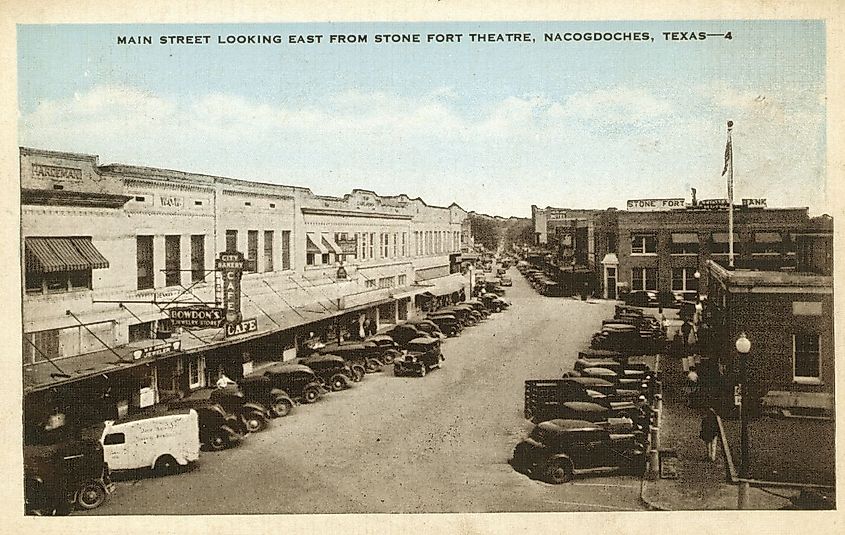
Throughout the 19th century, Nacogdoches remained central to the political and military shifts defining early Texas. It played a role in several revolts against Spanish and later Mexican rule, namely the 1812 Gutiérrez-Magee Expedition and the 1832 Battle of Nacogdoches, which many consider the beginning of the Texas Revolution.
After Texas won independence in 1836, the town still served as a key administrative center, only now within a new republic. With its eventual statehood in 1845 and the arrival of railroads in the late 1800s, Nacogdoches became more and more economically integrated with the rest of Texas and the United States beyond.
In 1923, Stephen F. Austin State University was established here, kicking off Nacogdoches' reputation as an educational center. With the area's rich history and influx of those who wished to preserve it, efforts then began to protect much of the town's historic sites and architecture, including numerous homes, churches, and civic buildings dating back well over a century.
Today, the town is lauded for its deep roots and other draws such as the Davy Crockett National Forest, along with an extensive selection of modern amenities for you to use while visiting.
Must-Visit Historic Attraction in Nacogdoches
Step back in time at these sites, each of which provides an accurate window into the storied past of this region. From the early Spanish settlement of the area to the time of locomotive travel, pick and choose what part of this town's history to explore during your next visit.
Stone Fort Museum
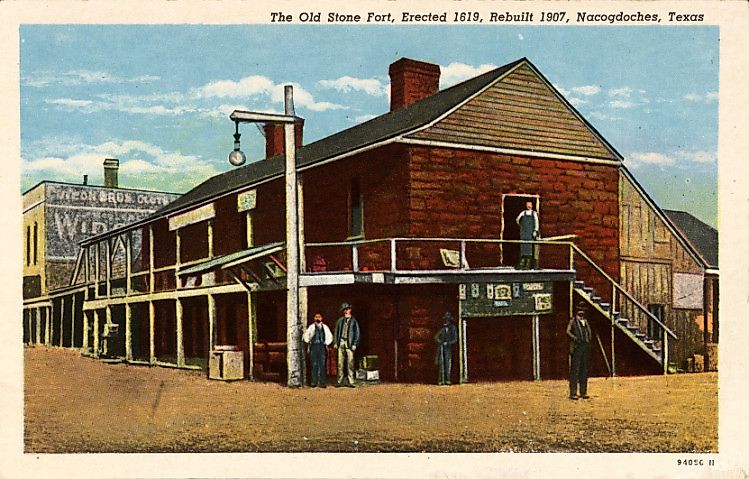
The Stone Fort Museum is definitely one of this town's most important historic landmarks. It is a compact yet informative stop for understanding Nacogdoches and its greater role in the state's long-running story.
Located on the university campus, this reconstructed building represents an earlier stone house built in 1779 by military man and trader Antonio Gil Y’Barbo, who, as mentioned, was most notably the town’s founder.
The original structure served a mix of uses, including as a trading post, private residence, and military headquarters, while today, its museum offers exhibits on East Texas history, featuring artifacts from the colonial era to the Texas Revolution and beyond.
Sterne-Hoya House Museum and Library
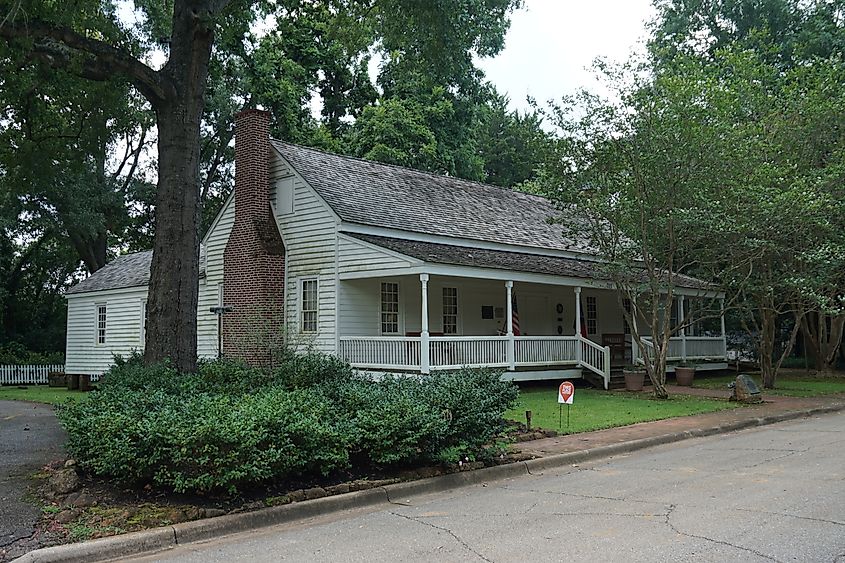
The Sterne-Hoya House Museum, built in 1830, is one of the oldest surviving structures in Nacogdoches. Constructed by Adolphus Sterne, a prominent merchant and political figure, the home even hosted key figures in Texas history, including Sam Houston and Thomas Rusk.
The structure still contains original furnishings and personal artifacts, offering a clear look into what domestic life looked like in the Republic of Texas. It also highlights the city’s role as a gathering point for revolutionaries and diplomats in its early days, giving the spot a sense of deep-seated importance that you can almost feel while walking its old hallways.
Guided tours here shine light on both the period architecture and the stories of the people who lived within these walls. The building also houses an extensive library, mainly comprised of an impressive collection of books related to none other than the state of Texas.
Millard's Crossing Historic Village
Millard’s Crossing Historic Village is a 37-acre living history site, another cool spot that preserves and interprets what early life in Texas was like. Founded by former politician Lera Millard Thomas in the late 1960s, the village boasts a nice collection of restored structures, like log cabins, a one-room schoolhouse, a church, and several more period-accurate homes. Notable buildings include the Millard-Lee House, built in 1837, and the Henry Millard House, now serving as a very well-curated textile museum.
While here, you can tour the grounds at your own pace and/or participate in hands-on activities such as shelling corn, using quill pens, and being able to get close to period furnishings. The site also hosts a number of seasonal events, educational programs, and public workshops; a fun and educational attraction for both adults and children year-round.
Nacogdoches Railroad Depot
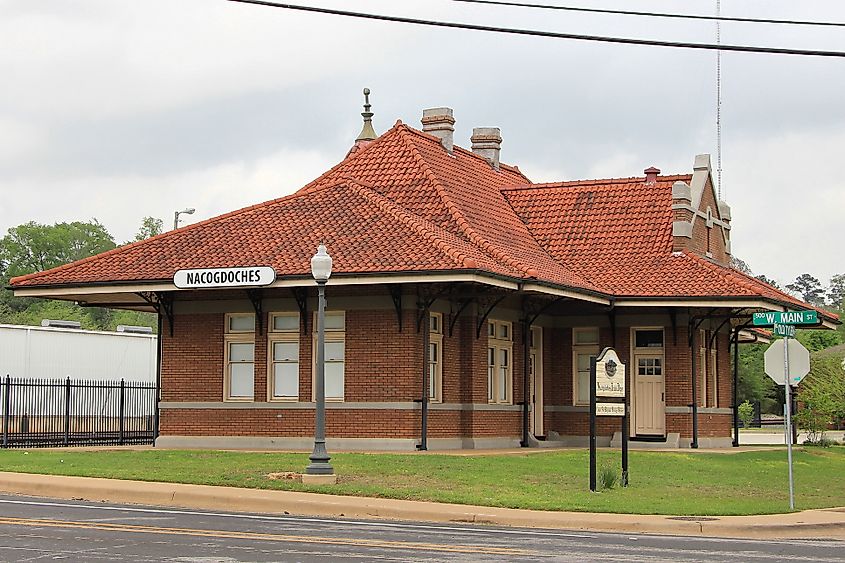
Created in 1911 by the Southern Pacific Railroad, the Nacogdoches Railroad Depot is the city’s last surviving passenger station from an early era of reliance on rail travel. It replaced an earlier wooden depot that was destroyed by lightning, and now stands as a reminder of the town’s connection to the Houston East & West Texas Railway.
After a major restoration, the depot reopened as a transportation museum in 2011. The building's distinctive architectural elements, such as a flared hipped roof and a polygonal bay window, simply make it an interesting locale to look at, while its exhibits will teach you a bit more about this important landmark's functional role in regional development.
The depot is listed on the National Register of Historic Places and is open several days a week, making it a key stop for anyone in downtown Nacogdoches.
Explore Early Texas History Today
For any of you history buffs within the Lone Star State, Nacogdoches is clearly a top-tier destination to see at some point. Whether you want to spend your time exploring its many world-class museums or wish to take more of a self-guided tour along streets that predate the state itself, this town is a treasure trove of interesting places that remain open to the public's benefit.

